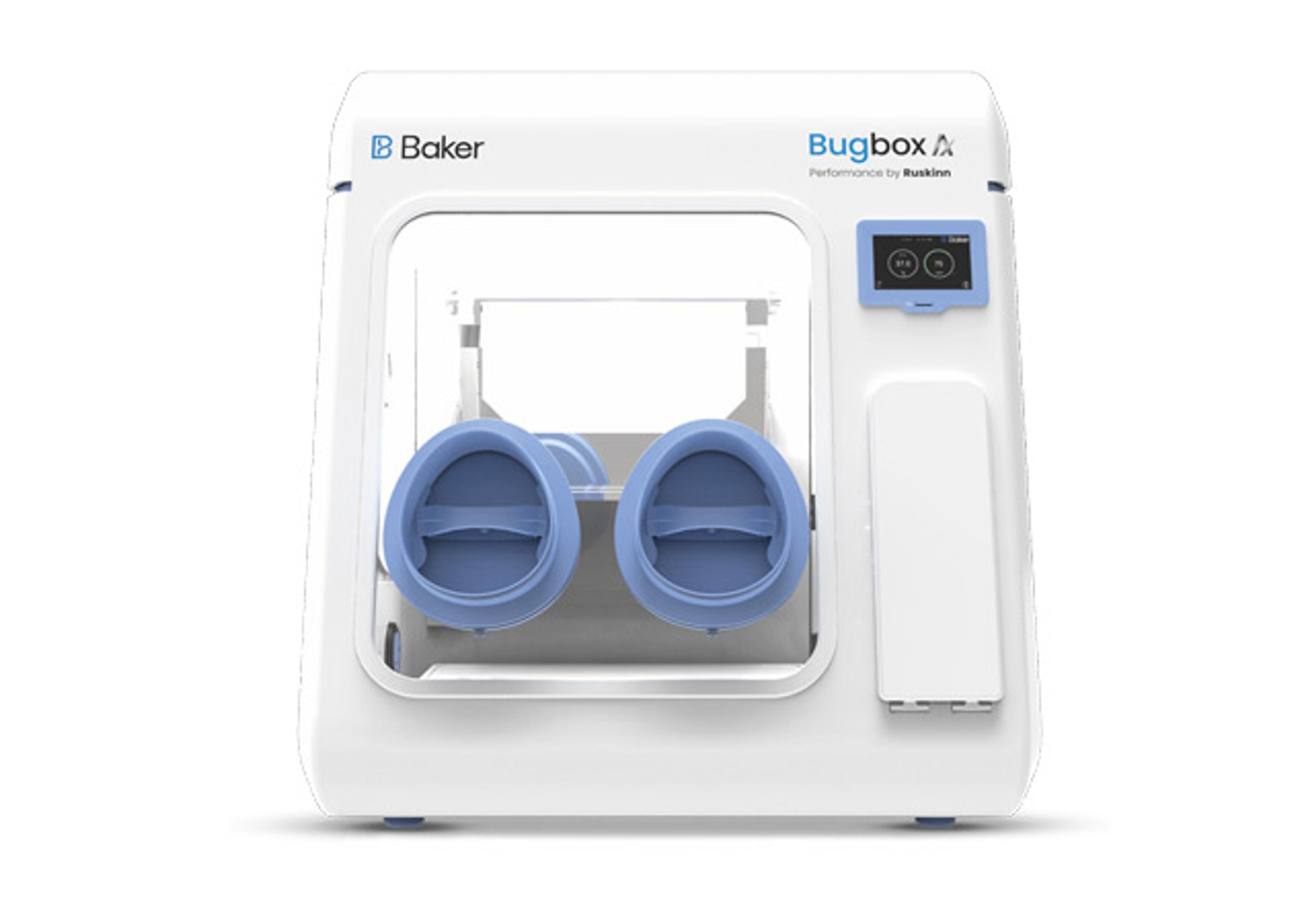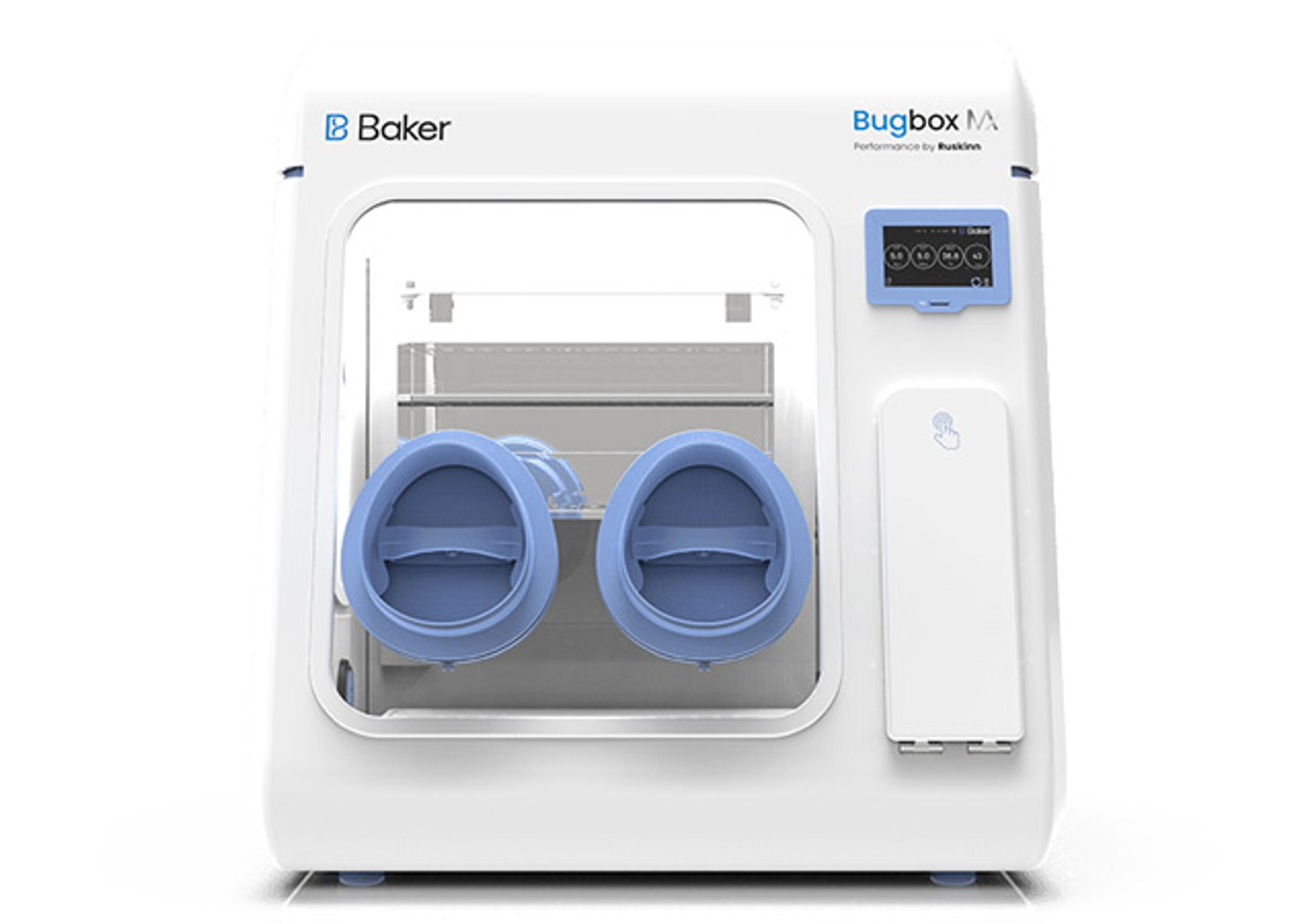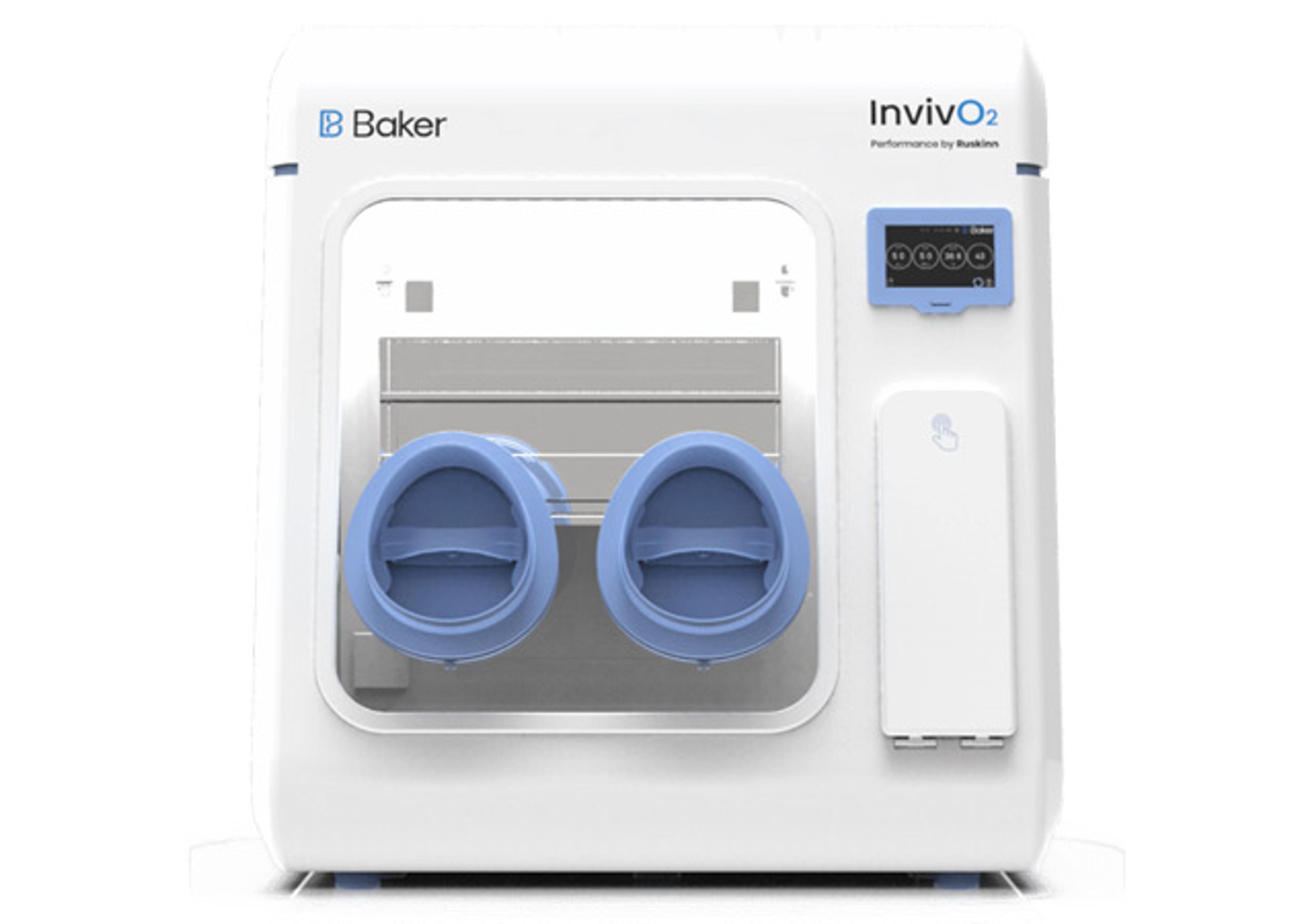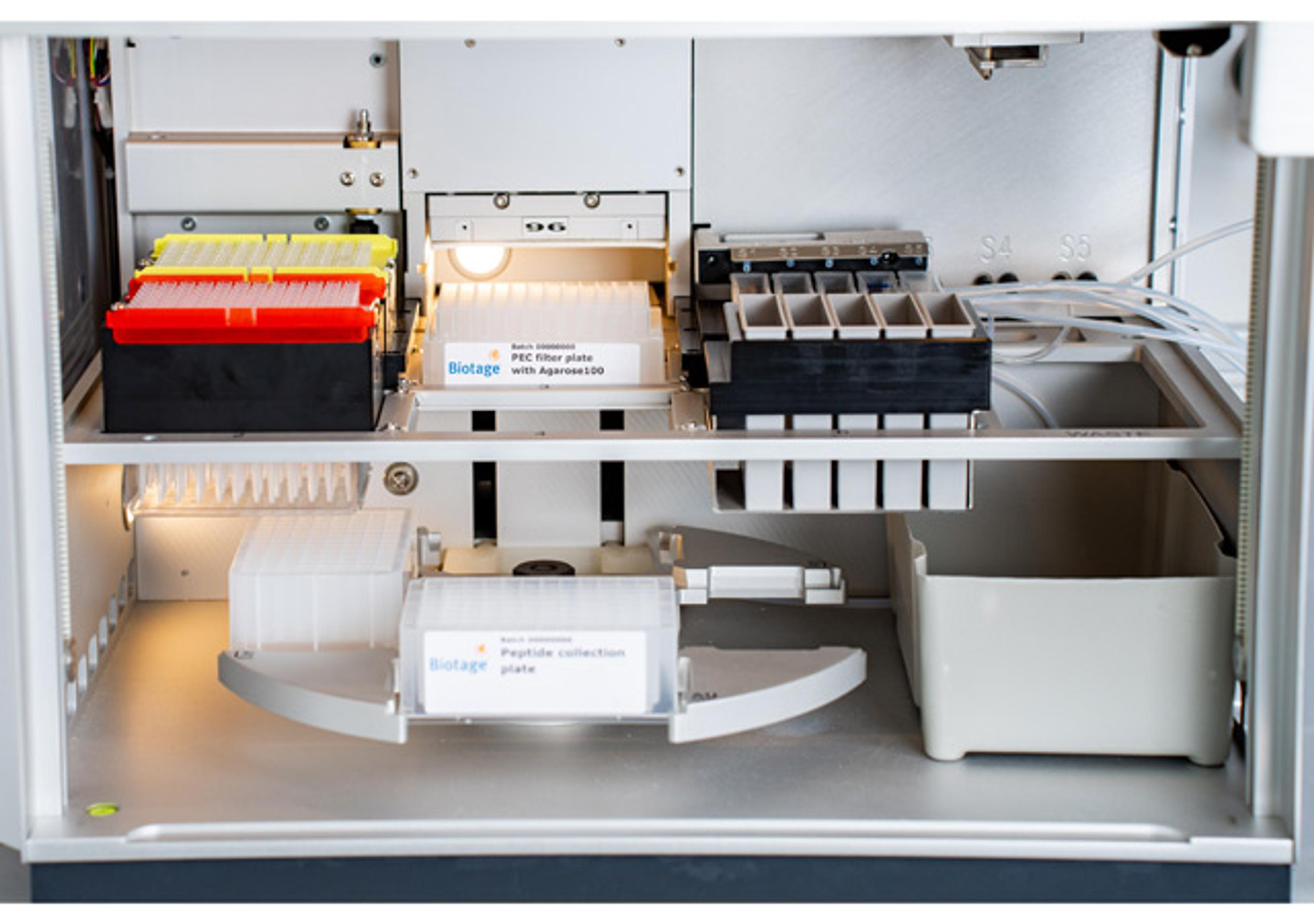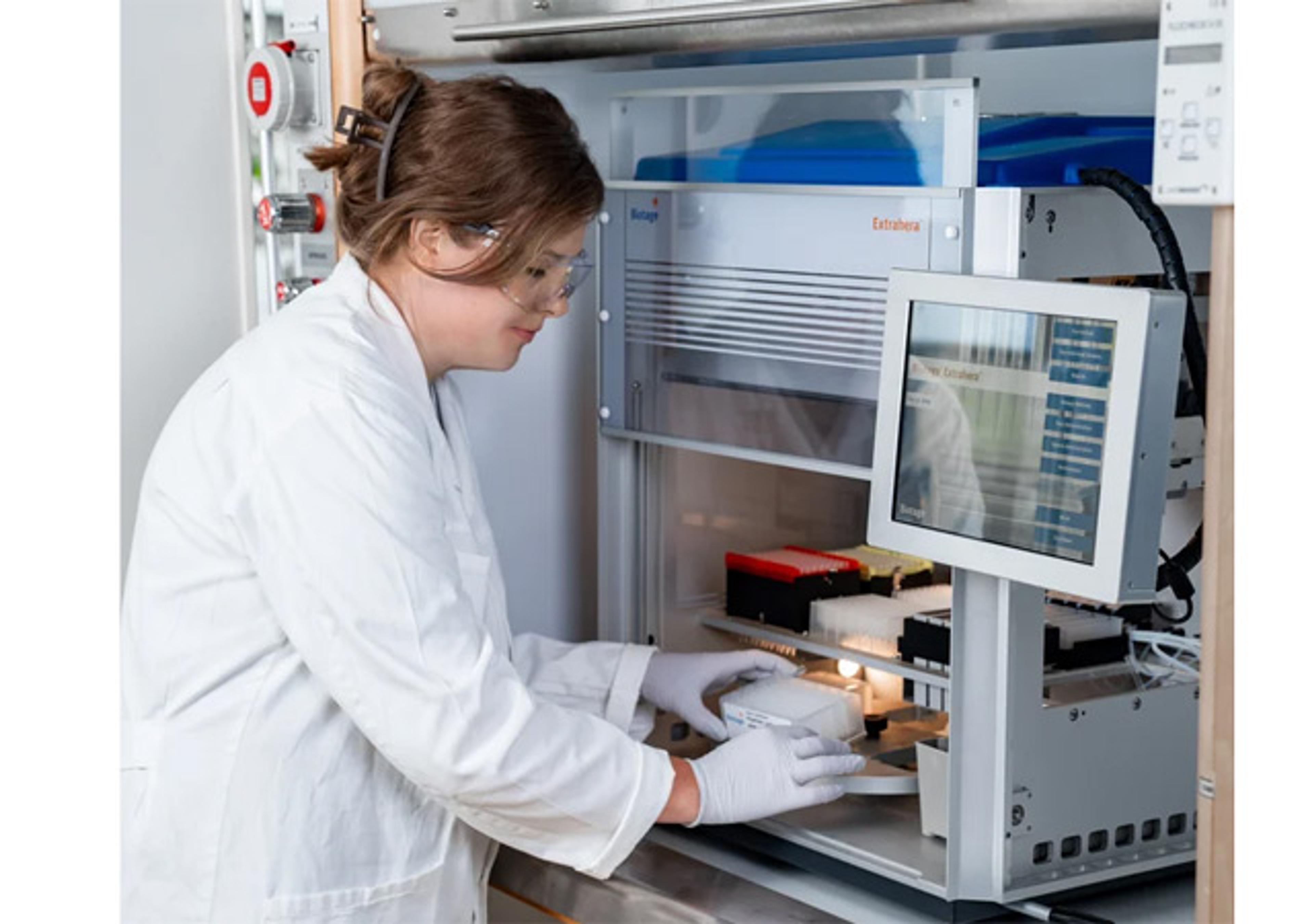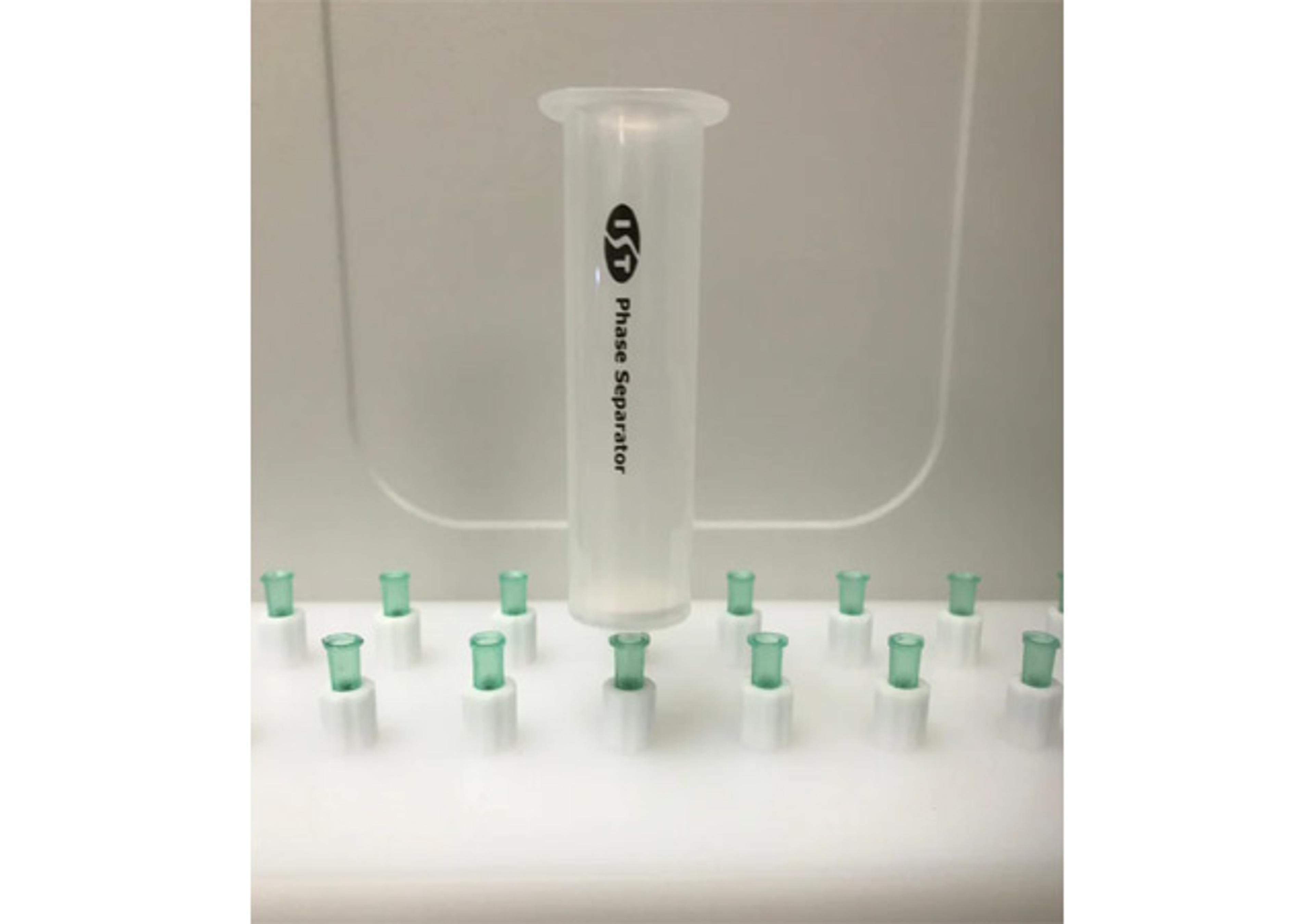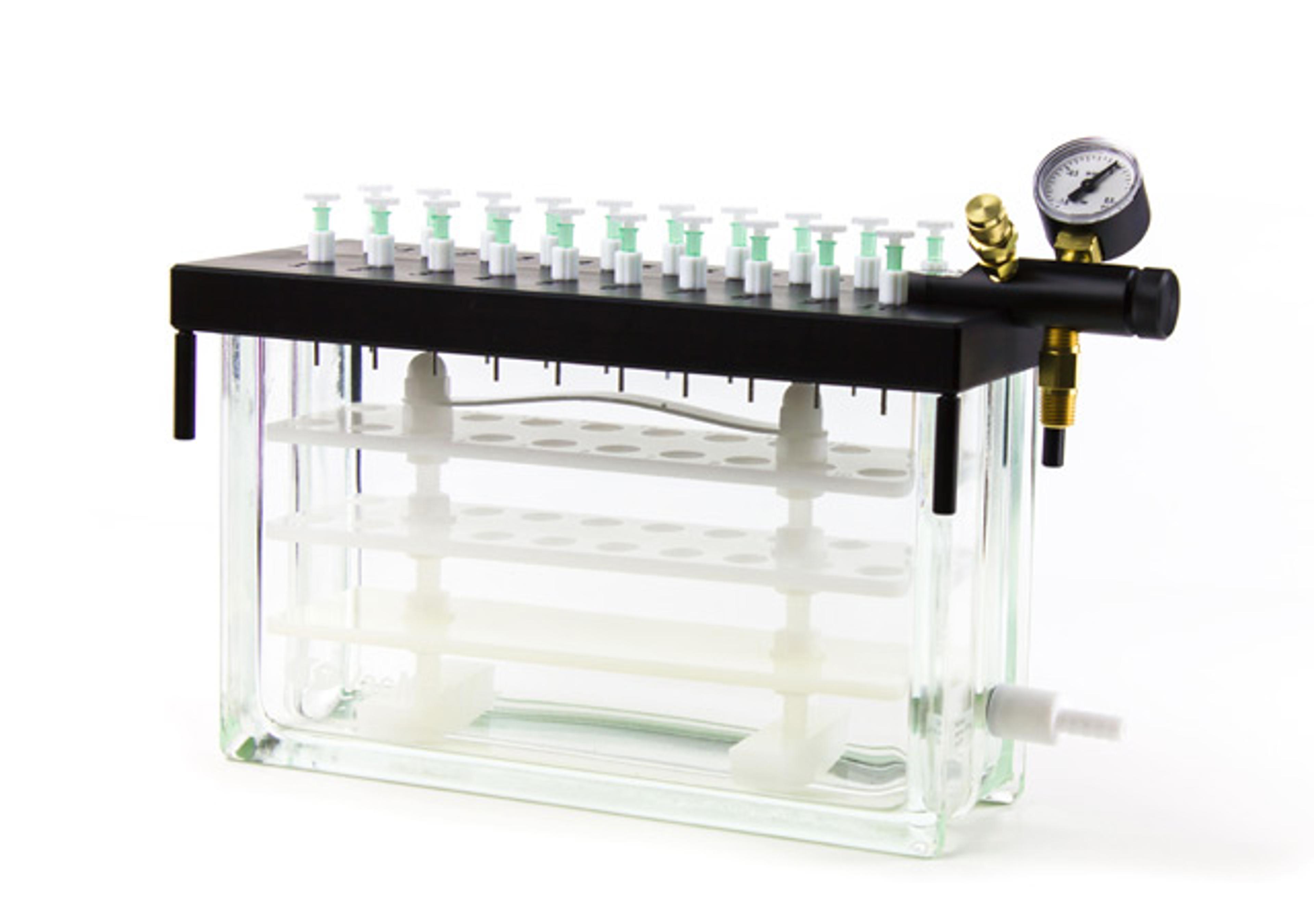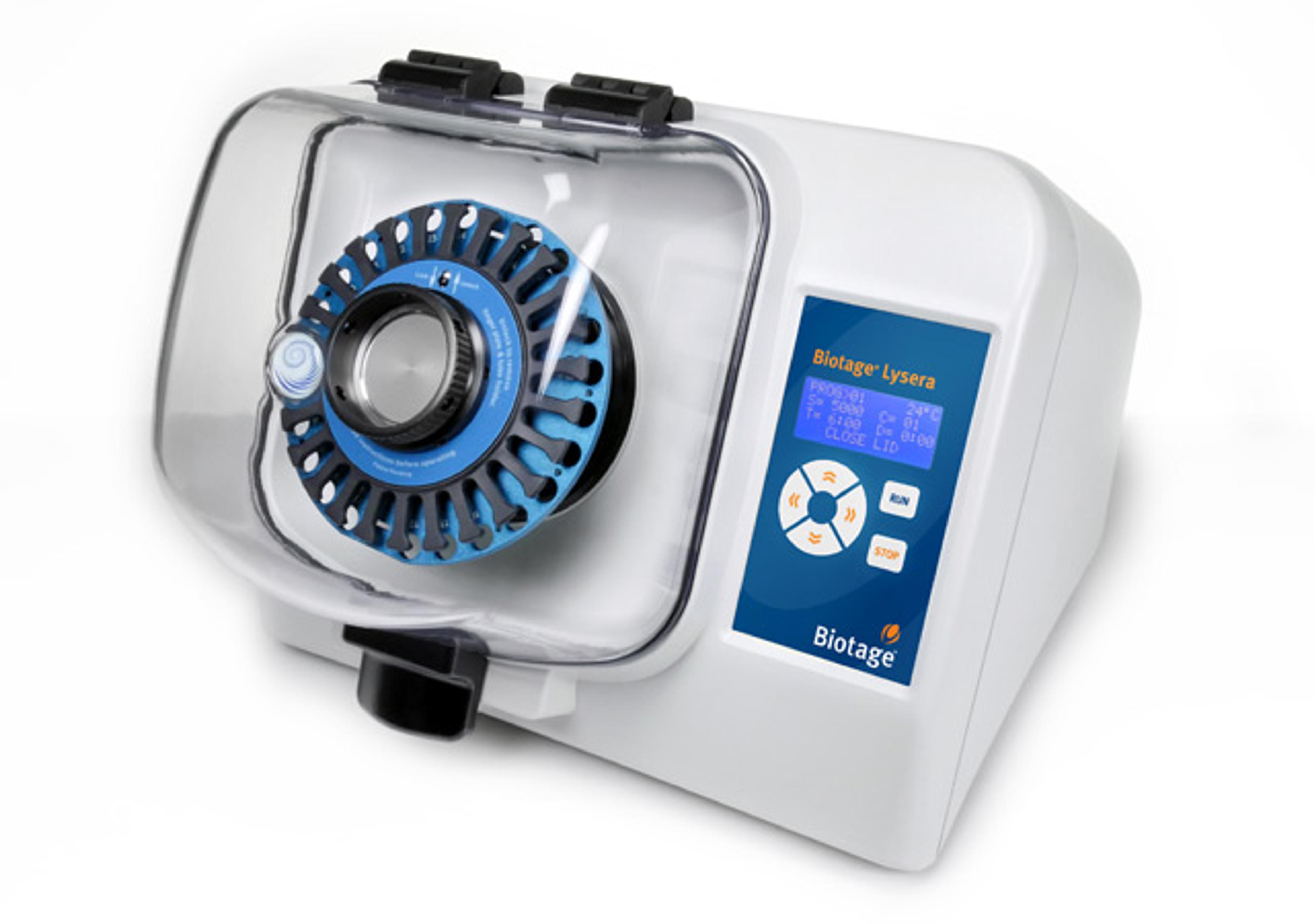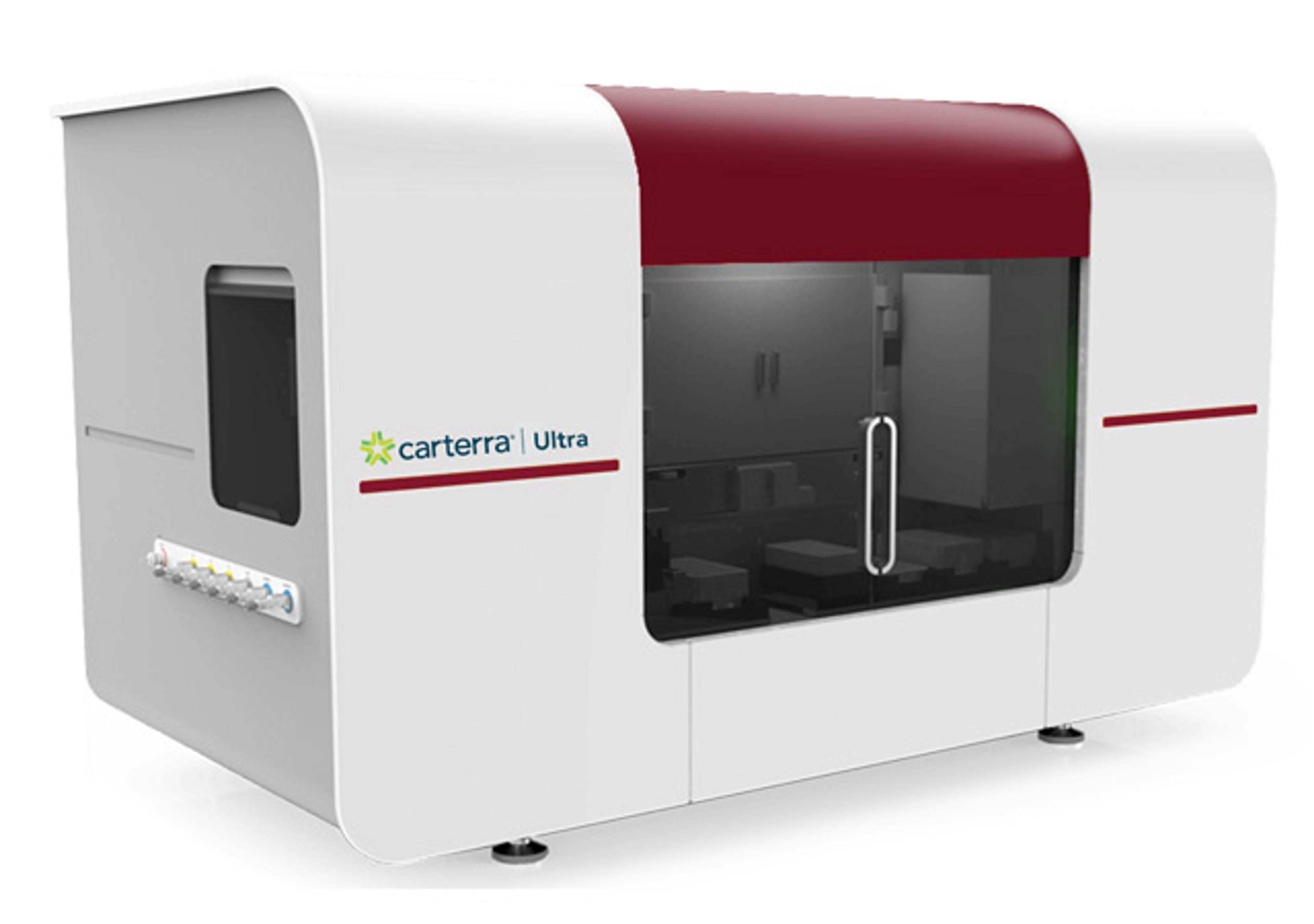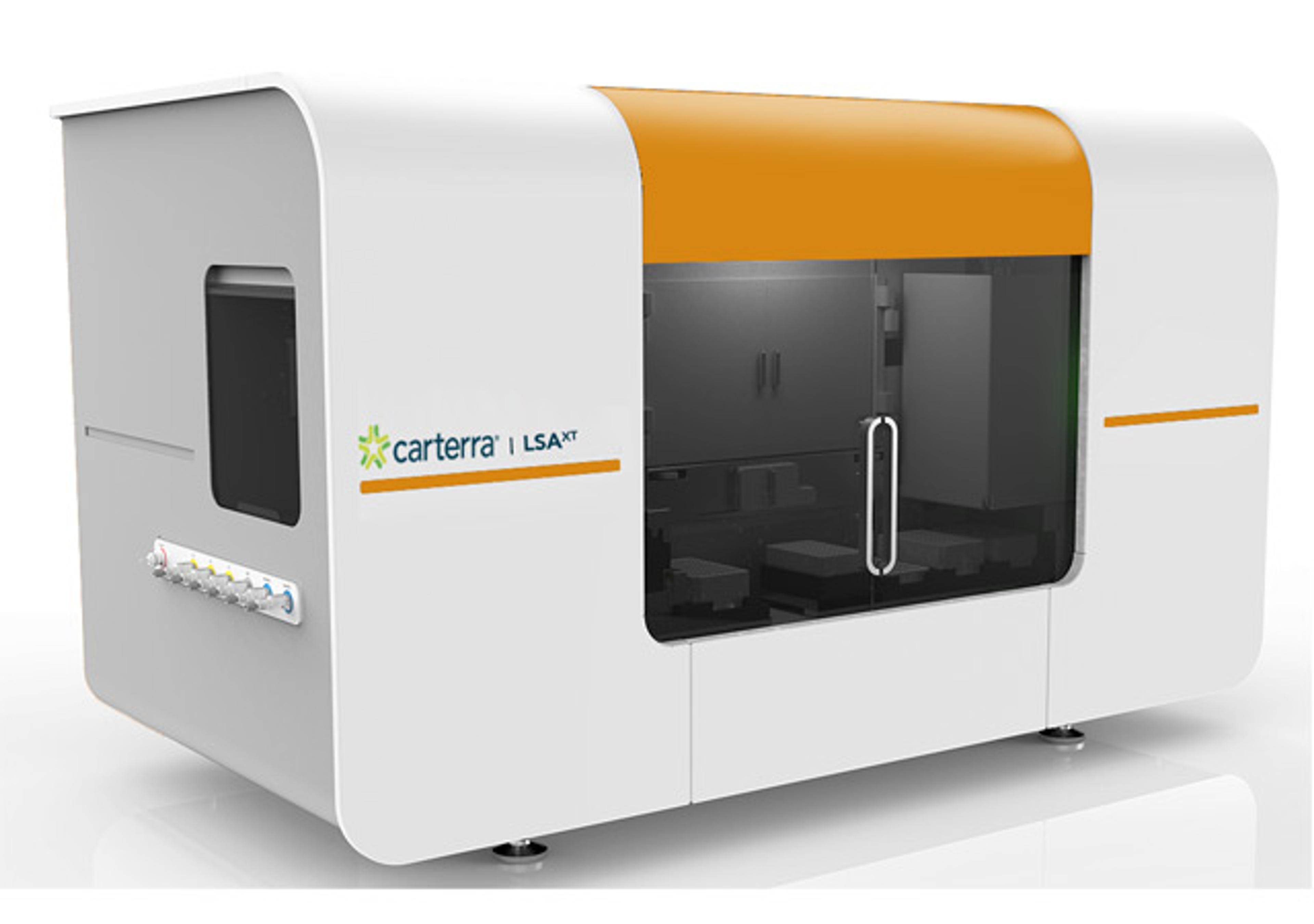High Pure Plasmid Isolation Kit
This kit is used to prepare purified plasmid DNA in small quantities, known as “mini-preps”, using the alkaline lysis method, a commonly used method that generates highly purified plasmid DNA from E. coli, free of RNA contamination. The kit is designed for the isolation of up to 10 µg of plasmid DNA from 0.5 to 4 ml of bacterial suspension. Up to 24 samples can be processed at the same time in less than 45 minutes. The purifie…
My preferred plasmid DNA extraction kit!!!
Cloning of synthetic genes
Very convenient kit to obtain a good amount of concentrated, high-quality plasmidic DNA suitable for all the subsequent manipulations to perform cloning and transformations. Very quick & easy to use also by untrained people. The kit is stable for a long time. Maybe the spin column could be improved, providing a cap to close them during the centrifugation steps. Price is higher than competitor products, but quality is definitely superior.
Review Date: 30 Oct 2020
This kit is used to prepare purified plasmid DNA in small quantities, known as “mini-preps”, using the alkaline lysis method, a commonly used method that generates highly purified plasmid DNA from E. coli, free of RNA contamination.
The kit is designed for the isolation of up to 10 µg of plasmid DNA from 0.5 to 4 ml of bacterial suspension. Up to 24 samples can be processed at the same time in less than 45 minutes.
The purified plasmid DNA from E. coli is suitable for most molecular biology applications (e.g., restriction-enzyme digestion, sequencing, random primed labeling, and in vitro transcription).
Principle
The kit relies on an alkaline lysis to free the plasmid DNA from the cell, leaving behind the E. coli chromosomal DNA trapped in the cell wall debris. After the solution is cleared of cell debris and chromosomal DNA, the supernatant is retained and passed through the spin filter tube. The nucleic acid binds specifically to the surface of glass fibers in the presence of chaotropic salts. Since the binding process is specific for nucleic acids, the bound plasmid DNA is purified from salts, proteins, and other cellular impurities in one washing step followed by elution in a low-salt buffer or water.

